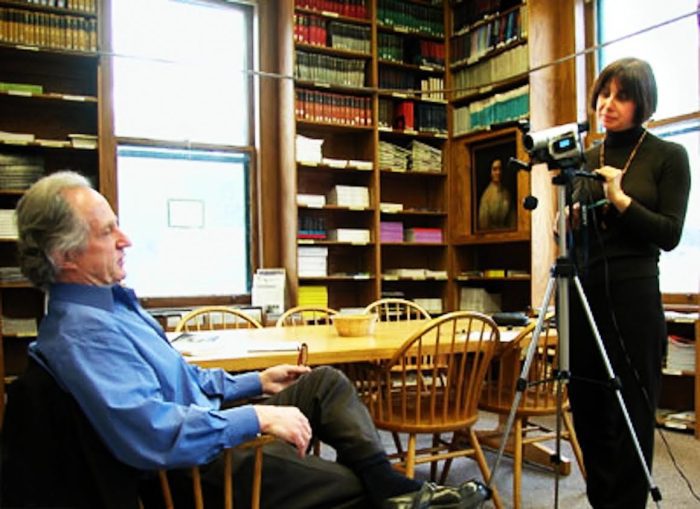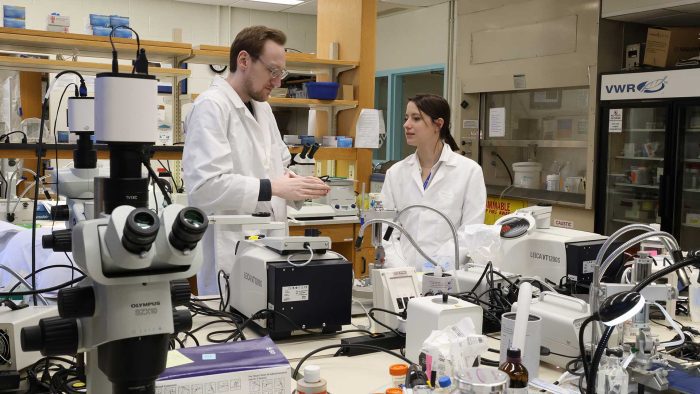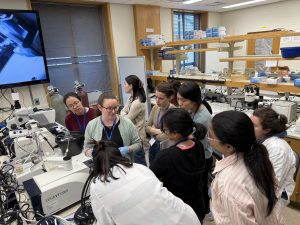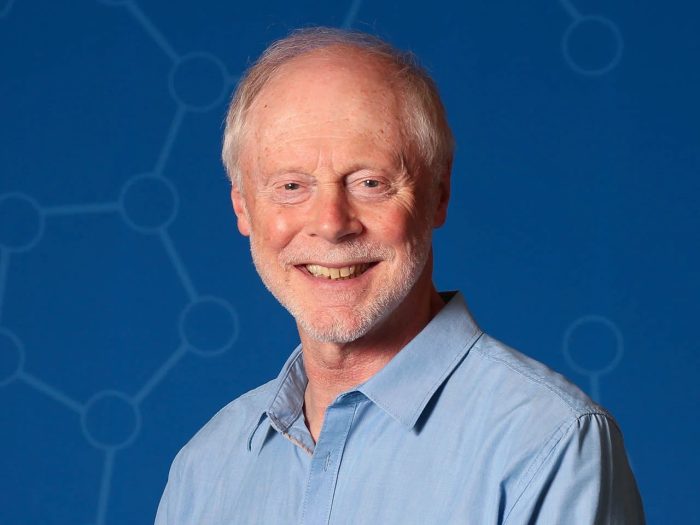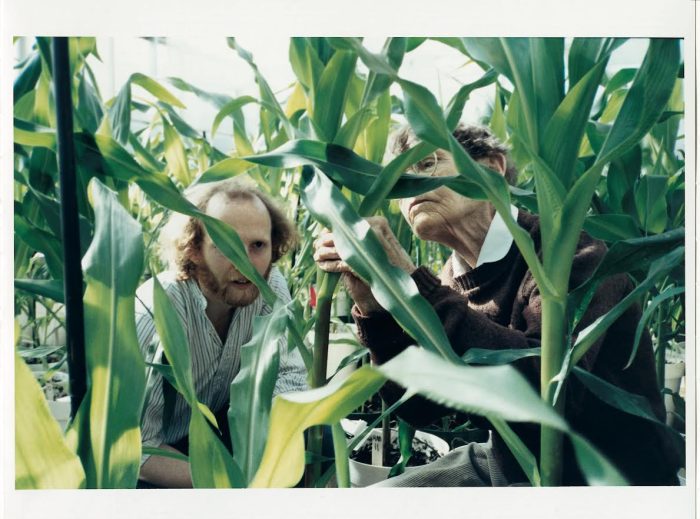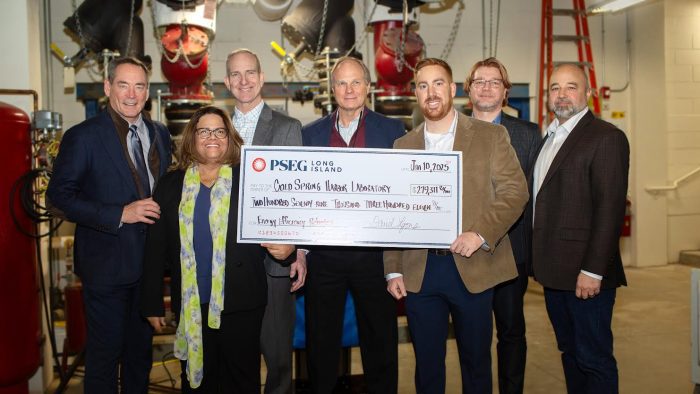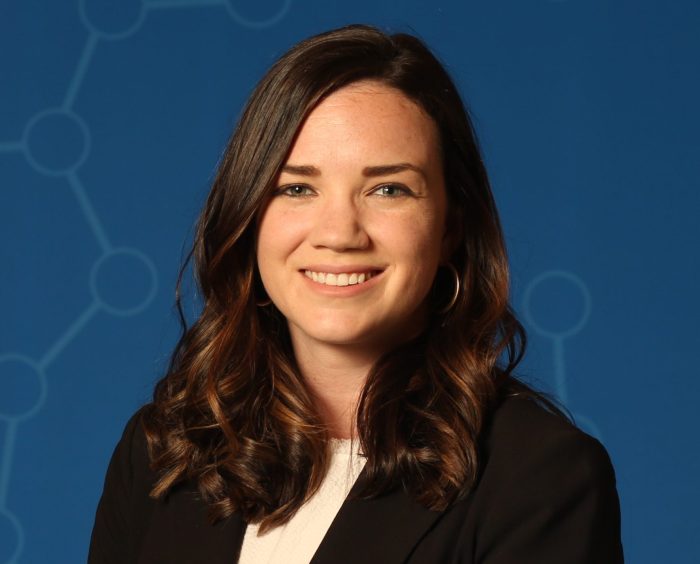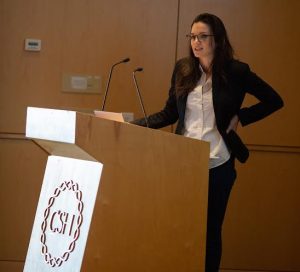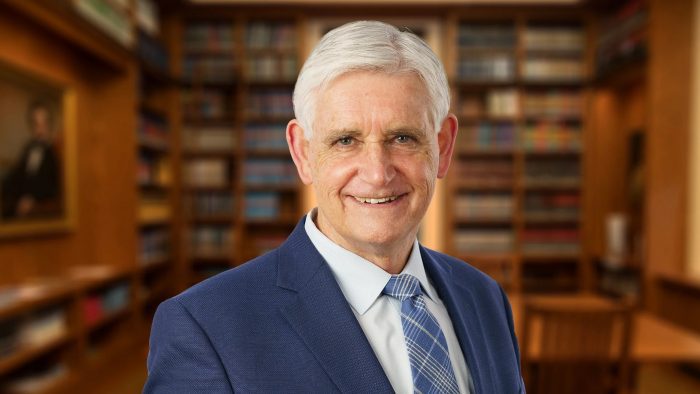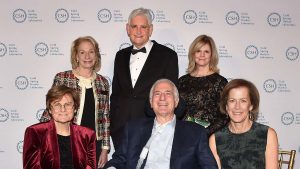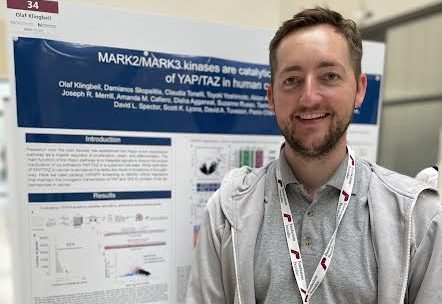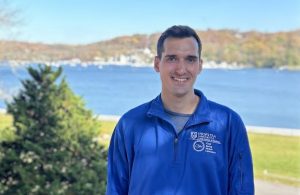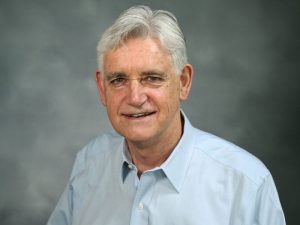By Daniel Dunaief
Ludmila “Mila” Pollock isn’t a scientist, but she has made significant contributions to the field over more than a quarter of a century. In fact, the Executive Director of the Cold Spring Harbor Laboratory Library & Archives has contributed so meaningfully to sharing scientific information and celebrating scientists and their history that she was recently elected a fellow of the prestigious American Association for the Advancement of Science.
“It’s just a privilege to be among all the other fellows,” said Pollock, who calls herself a “keeper and promoter of knowledge and scientific legacies related to molecular biology and genetics.”
Pollock, who has been at CSHL since 1999, founded the lab’s History of Science Meetings in 2008 and created an oral history project in 2000 in which she has interviewed over 170 pioneers in molecular biology, genetics and technology.
People who have worked with Pollock praised her work, passion and dedication, suggesting that her energy and focus inspired them and will likely encourage future generations of scientists.
“The resources [Pollock] has brought to life offer a trove of educational material that can help inspire young students to explore and hopefully pursue an education and eventually a career in biomedical research,” said Kevin Davies, Editorial Director of Genetic Engineering & Biotechnology News and author of Cracking the Genome and Editing Humanity. “She is a treasure!”
Davies and Pollock helped compile the Annotated Scholarly Guide to the Human Genome Project.
Davies suggested that Pollock “conceived and drove” the guide to completion and that it “simply would not exist without her energy and commitment.”
While Pollock appreciated the recognition, she suggested that the work she has done at CSHL has been a product of numerous collaborations.
At the History of Science meetings, most of the speakers are prominent researchers. One or two speakers can include a historian. Attendees are typically researchers, students, historians, journalists and others.
Pollock is delighted to share the historical scientific narrative and, in some cases, to have these gatherings become a part of the ongoing story.
Indeed, when Katalin Karikó won the Nobel Prize for Physiology or Medicine in 2023 for work that laid the foundation for effective mRNA vaccines against Covid-19, she told the Nobel Prize committee she had just returned from a meeting at Cold Spring Harbor Laboratory, which celebrated 50 years of recombinant DNA technology.
“That was a very good promotion for us,” said Pollock.
As for the oral histories, Pollock spoke with four Nobel Prize-winning female scientists last year, including Jennifer Doudna and Emmanuelle Charpentier, who won the prize for creating the gene-editing tool CRISPR.
Scientists appreciate the opportunity to hear directly from the scientists through the oral history project. By cross referencing replies from researchers, viewers can compare what scientists said in response to the same question.
“The result is a much richer source of history than any one interview could provide,” Bruce Alberts, a biochemist who was president of the National Academy of Sciences from 1993 to 2005, explained in an interview.
A girl in a library
Pollock grew up in Vitebsk, Russia, a geographic origin now in Belarus that she shares with artist Marc Chagall.
When she was four and went to an adult library with her father, she was disappointed that only librarians could go behind the desk to browse through all the books. She told her parents she would become a librarian so she could browse through the books at any library.
As a librarian and archivist, she has been an advocate for open access. She sees many similarities between the hard work Nobel Prize winners and other scientists who haven’t received some of the top honors in their fields yet do.
Pollock appreciates the connections she has made with scientists. “Everyone I have spoken with is truly remarkable,” she said.
The scientists feel the same way about her.
Alberts recalled attending a tribute to the scientist Sydney Brenner in 2022, where Alberts was a speaker. Alberts had left his walking stick in a taxi on the way to the meeting. Pollock gave him a cane that he took back to San Francisco.
Pollock has “an outgoing, warm personality that makes every encounter with her a memorable event for me,” Alberts said.
Nancy Hopkins, the Amgen, Inc., Professor of Biology at the Massachusetts Institute of Technology, suggested the oral history project represents a “huge amount of work” from the archives.
“Imagine the excitement of a student who falls in love with the field and then discovers that they can listen to — almost talk with — key figures who shaped the science that is their passion!” Hopkins said. “I think this is a gift that will grow in value beyond what we can imagine today.”
Pollock has enjoyed many of the conversations she’s had with scientists over the years. The scientists have revealed a great deal about themselves and their lives. In particular, she found an interaction with former director John Cairns, who was discussing Nobel Prize winner Barbara McClintock, enlightening.
While many scientists shared their admiration for McClintock’s work on jumping genes and appreciation for her work, Cairns shared a different side of her.
“She was [an] immensely difficult person who specialized in being difficult,” Cairns recalled in the oral history. She specialized in being difficult with the director of the lab.
“She would always tell me how marvelous [Millislav] Demerec [the namesake of a building on campus today] was, and how awful I was, and one day, I got very fed up with this so I went to [the director of the Department of Genetics] Al Hershey.”
Hershey told Cairns that McClintock “hated him” and that he did not want to talk to her because he thought speaking with her would give him a stroke.
‘Force of nature’
Collaborators and supporters inside and outside of CSHL recognized and appreciated Pollock’s contribution and the energy and passion she brings to her work.
Davies and CSHL CEO Bruce Stillman both described Pollock as a “force of nature.” Stillman nominated Pollock as an AAAS fellow.
“She absolutely deserves this recognition,” Stillman said. Pollock has advanced the CSHL archives to become one of the most valuable archives in genetics and molecular biology,” which includes archives of numerous Nobel Laureates. Stillman and former CEO James Watson hired her as a librarian in 1999.
The current CSHL CEO described the meetings Pollock coordinates and runs as “some of the most important discoveries in the history of the life and medical sciences.”
As far as the oral histories, Stillman suggested the scientists share their views on people and ideas in a way they would not if they had to write answers.
Indeed, the meetings and oral histories not only serve as valuable parts of the public record, but also provide material for college educators.
Dr. Stephen Buratowski, Hamilton Kuhn Professor of Biological Chemistry and Molecular Pharmacology at Harvard Medical School, emailed Pollock to let her know that one of the video links on the website wasn’t working.
He indicated that he often used these videos for teaching PhD students “as the stories told breathe life into the papers we are reading,” he wrote. “These talks are a treasured historical resource.”
Sir Richard Roberts, a Nobel Prize winner and Chief Scientific Officer at New England Biolabs, believed the history of science meetings provide a “very good view of how science evolves from a small starting point into a major field. This can give ideas of both how to do things and sometimes how not to do things to young people just getting started.”
These meetings can also inspire would-be authors to write books and ensure a permanent record with expert comment, Roberts added.
“Best of all, they are great fun to attend,” Roberts wrote.
History of Science Meetings
https://www.cshl.edu/
Oral History
https://library.cshl.edu/

